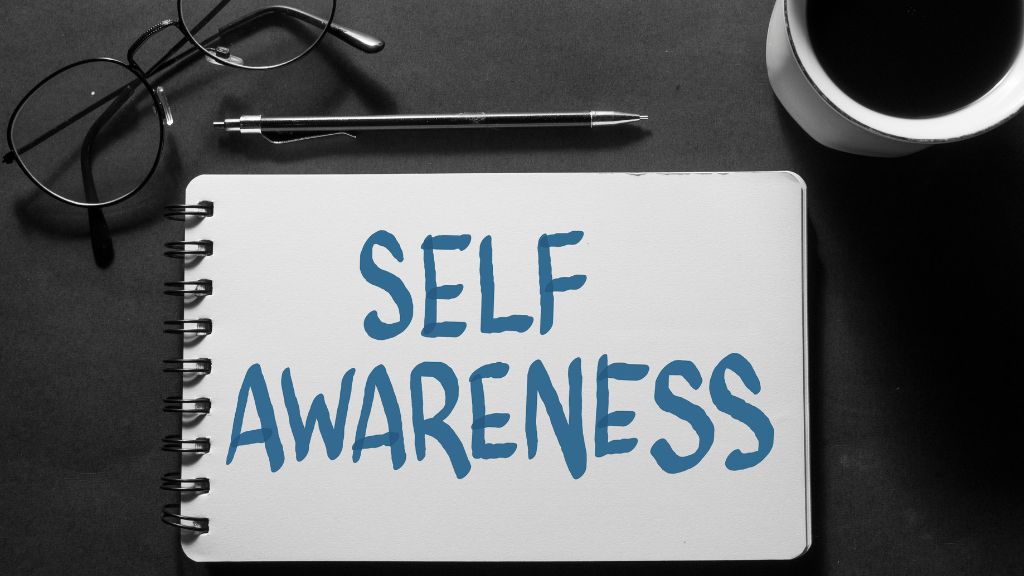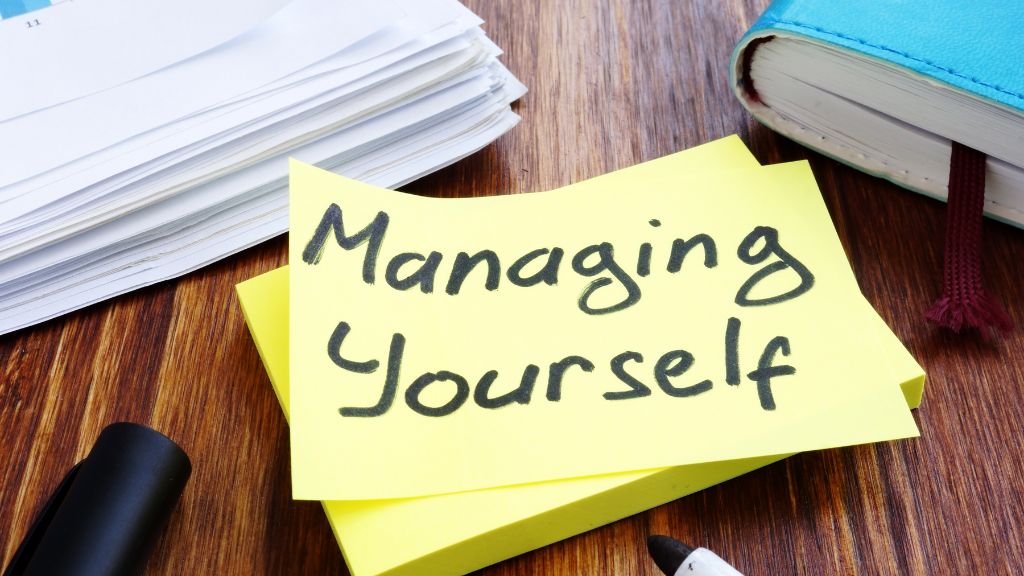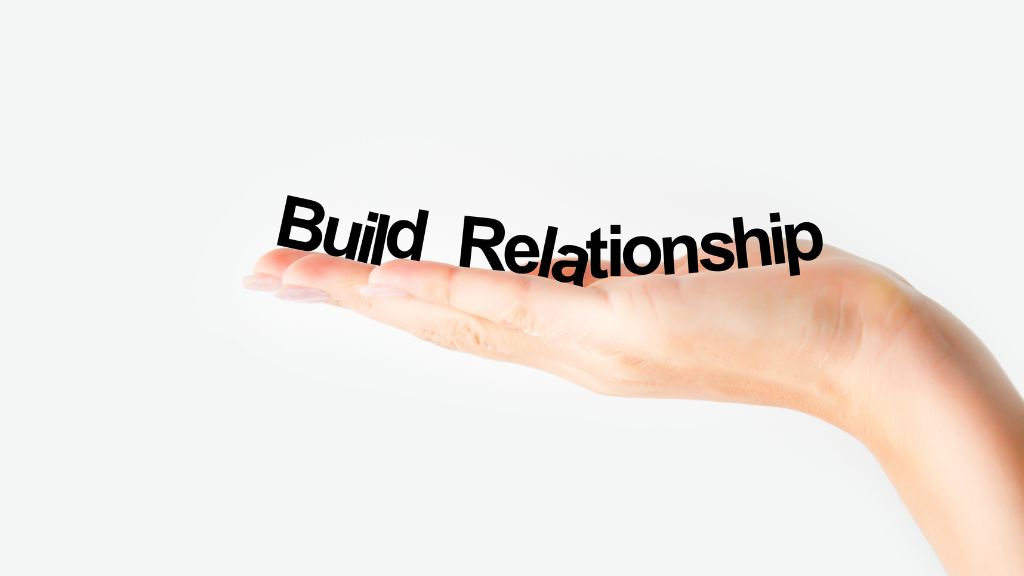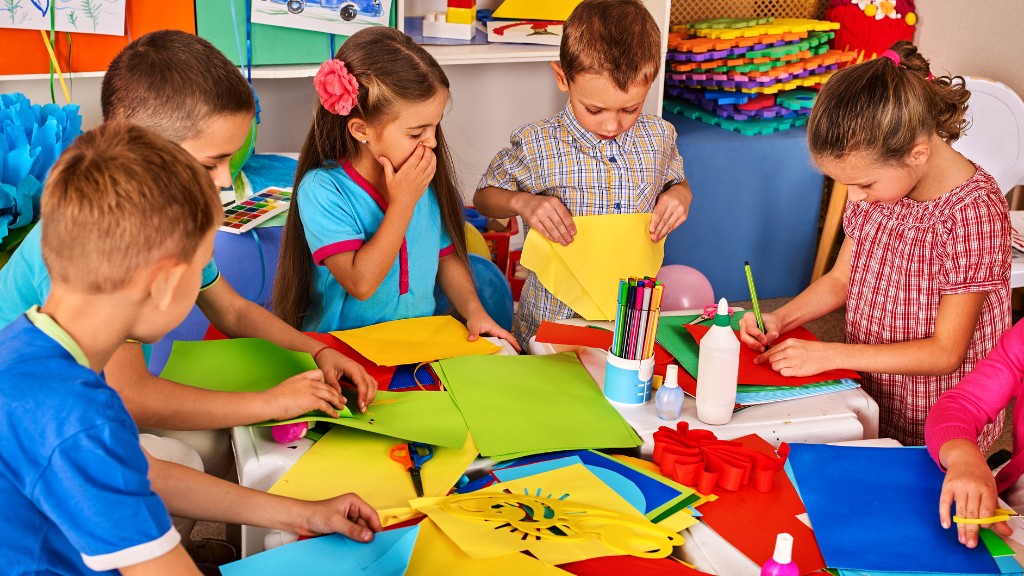Social emotional learning activities: Social-emotional learning (SEL) is the process of developing the self-awareness, self-management, social awareness, relationship skills, and responsible decision-making skills that are essential for success in school, work, and life. SEL is important in the classroom because it helps students to:
- Understand and manage their emotions
- Build and maintain healthy relationships
- Make responsible decisions
- Resolve conflict peacefully
- Cope with stress and adversity
- Thrive academically
Benefits of SEL for students
Research has shown that SEL has a number of benefits for students, including:
- Improved academic achievement
- Reduced behavioral problems
- Increased attendance and graduation rates
- Improved mental and physical health
- Stronger social relationships
- Increased self-esteem and confidence
How to incorporate SEL into your classroom
There are many ways to incorporate social emotional learning activities into your classroom. Here are a few tips:
- Create a positive and supportive classroom climate.
- Model SEL skills for your students.
- Teach SEL skills explicitly.
- Provide opportunities for students to practice SEL skills.
- Integrate SEL activities into your academic curriculum.
Here are some examples of how to incorporate SEL into different academic subjects:
- Math: Have students work in pairs or small groups to solve math problems. This helps them to develop their problem-solving and communication skills.
- Science: Have students conduct scientific experiments in groups. This helps them to learn how to work together and collaborate effectively.
- Social studies: Have students research and present on current events. This helps them to develop their critical thinking skills and their ability to communicate their ideas effectively.
- English language arts: Have students write about their personal experiences and feelings. This helps them to develop their self-awareness and their ability to express themselves effectively.
By incorporating SEL into your classroom, you can help your students to develop the skills they need to succeed in school, work, and life.
30 Social Emotional Learning Activities for the Classroom
Here is a list of 30 Social Emotional Learning Activities for the Classroom:
Self-awareness

- Emotion check-in: This is a simple but effective way to help students become more aware of their emotions. At the beginning or end of the day, have students share how they are feeling. This can be done individually, in pairs, or as a class. You can use a variety of prompts to help students get started, such as: “What is one emotion you are feeling right now?” or “How are you feeling about today’s lesson?”
- Feelings journal: Encourage students to keep a journal where they can write about their feelings and experiences. This can help them to better understand and process their emotions. You can provide students with prompts to help them get started, such as: “What made you happy today?” or “What is something that made you feel sad this week?”
- Emotion charades: This is a fun and interactive way to help students learn about different emotions. Have students act out different emotions for the class to guess. You can use a variety of resources to find emotion charade ideas, such as online lists or picture books.
- Mirror game: This game can help students to become more aware of their facial expressions and body language. Have students stand in pairs and face each other. One student makes a facial expression or body language pose and the other student tries to mirror it exactly.
- Self-portrait: Have students draw or paint a self-portrait, focusing on their emotions. This can help them to reflect on their emotions and how they express them. You can encourage students to use different colors and symbols to represent their emotions.
These are just a few examples of self-awareness activities that you can use in your classroom. There are many other resources available online and in libraries. When choosing activities, be sure to consider the age and developmental level of your students.
Self-management

- Deep breathing: Deep breathing is a simple but effective way to calm down and manage stress. Teach your students how to do deep breathing exercises by having them place one hand on their chest and the other hand on their stomach. Then, have them inhale slowly and deeply through their nose, feeling their stomach rise. Next, have them exhale slowly through their mouth, feeling their stomach fall. You can have students practice deep breathing for a few minutes each day, or whenever they are feeling stressed.
- Meditation: Meditation is another great way to calm down and manage stress. Guide your students through a short meditation exercise by having them sit in a comfortable position and close their eyes. Then, have them focus on their breath and try to clear their mind of any thoughts. If any thoughts do come into their mind, have them gently acknowledge the thought and then let it go. You can start by having students meditate for a few minutes each day, and then gradually increase the amount of time they meditate as they become more comfortable with it.
- Visualization: Visualization is a technique that can be used to achieve goals and overcome challenges. Teach your students how to use visualization by having them imagine themselves achieving their goals. For example, if a student is struggling to learn a new math skill, have them imagine themselves successfully solving a math problem. Visualization can also be used to overcome challenges. For example, if a student is feeling nervous about giving a presentation, have them imagine themselves giving a successful presentation.
- Time management: Time management is an important skill for students to learn. Help your students develop strategies for managing their time effectively by teaching them how to set priorities, create schedules, and break down large tasks into smaller steps. You can also provide students with tools to help them manage their time, such as planners and to-do list apps.
- Stress management: Stress is a normal part of life, but it can be harmful if it is not managed effectively. Teach your students different stress management techniques, such as exercise, relaxation techniques, and time management. Exercise is a great way to reduce stress and improve mood. Relaxation techniques, such as deep breathing and meditation, can also help to reduce stress. Time management can also help to reduce stress by helping students to feel more in control of their lives.
Social awareness

- Perspective-taking: Perspective-taking is the ability to see things from another person’s point of view. This is an important skill for social awareness because it helps us to understand and empathize with others. To help students develop perspective-taking skills, you can have them imagine themselves in someone else’s shoes and think about how that person might be feeling. For example, you could have students imagine themselves as a new student in your class or as a character in a book or movie.
- Empathy role-playing: Empathy is the ability to understand and share the feelings of another person. Empathy role-playing is a great way for students to practice responding to others with empathy. To do an empathy role-play, have students choose a situation and then take turns playing different roles. For example, you could have students role-play a situation where one student is feeling sad and the other student is trying to be empathetic.
- Community circle: A community circle is a way for students to share their thoughts and feelings on a given topic in a safe and supportive environment. To do a community circle, have students sit in a circle and choose a topic to discuss. Then, have students take turns sharing their thoughts and feelings on the topic. Be sure to set some ground rules for the community circle, such as respecting each other’s opinions and listening without interrupting.
- Listening practice: Active listening is the ability to listen to someone with the intent to understand what they are saying. It is important for students to be able to listen actively to their peers and teachers in order to build relationships and learn effectively. To help students develop active listening skills, you can have them practice taking turns listening to each other without interrupting. You can also teach students how to ask follow-up questions and summarize what they have heard.
- Conflict resolution: Conflict is a normal part of life, but it is important to be able to resolve conflict in a peaceful and respectful way. Teach students different conflict resolution strategies, such as compromise, mediation, and negotiation. You can also role-play different conflict scenarios with students to help them practice using these strategies.
Relationship skills

- Getting to know you games: Play games that help students get to know each other better and build relationships. For example, you could play games like two truths and a lie, would you rather, or find someone who.
- Cooperative learning activities: Design activities that require students to work together to achieve a common goal. For example, you could have students work together on a group project or solve a puzzle.
- Teamwork challenges: Have students work together to complete challenges, such as building a tower out of spaghetti or solving a puzzle. For example, you could have students compete in a class-wide scavenger hunt or build a
- Communication practice: Give students opportunities to practice communicating effectively in different situations, such as giving a presentation or interviewing for a job. For example, you could have students give presentations on their favorite books or interview each other about their hobbies.
- Social skills training: Teach students specific social skills, such as how to start a conversation, how to give a compliment, and how to refuse an invitation. For example, you could role-play different social scenarios with students or have them practice giving and receiving compliments.
Responsible decision-making

- Decision-making scenarios: Present students with different decision-making scenarios and have them discuss the pros and cons of each option. For example, you could have students discuss whether or not to copy a friend’s homework or whether or not to accept an invitation to a party where they know alcohol will be served.
- Consequences wheel: Create a wheel that shows the consequences of different choices. For example, you could create a consequences wheel for students to use when making decisions about their behavior at school or at home.
- Goal setting: Help students develop and set goals for themselves. For example, you could have students set goals for their academic performance, their behavior, or their social relationships.
- Problem-solving: Teach students different problem-solving strategies. For example, you could teach students the steps involved in solving a problem, such as identifying the problem, brainstorming solutions, and choosing the best solution.
- Decision-making rubric: Develop a rubric to help students assess their decision-making skills. For example, you could create a rubric that assesses students on their ability to identify the problem, brainstorm solutions, and choose the best solution.
These are just a few examples of SEL activities that you can use in your classroom. There are many other resources available online and in libraries. When choosing activities, be sure to consider the age and developmental level of your students.
Here are some additional tips for implementing SEL activities in your classroom:
- Make SEL a regular part of your curriculum. Set aside time each day or week for SEL activities.
- Model SEL skills for your students. Show students how to use SEL skills in your own interactions with them and with other adults.
- Provide students with opportunities to practice SEL skills in a variety of contexts. This could include through games, simulations, role-playing, and real-world experiences.
- Create a safe and supportive classroom environment where students feel comfortable sharing their thoughts and feelings.
- Encourage students to reflect on their SEL learning. Help students to identify their strengths and areas for growth.
By following these tips, you can help your students develop the SEL skills they need to succeed in school, work, and life.
Conclusion
Social-emotional learning (SEL) is the process of developing the self-awareness, self-management, social awareness, relationship skills, and responsible decision-making skills that are essential for success in school, work, and life.
Also Read: Multi-Tiered Systems of Support (MTSS): Everything You Need to Know











